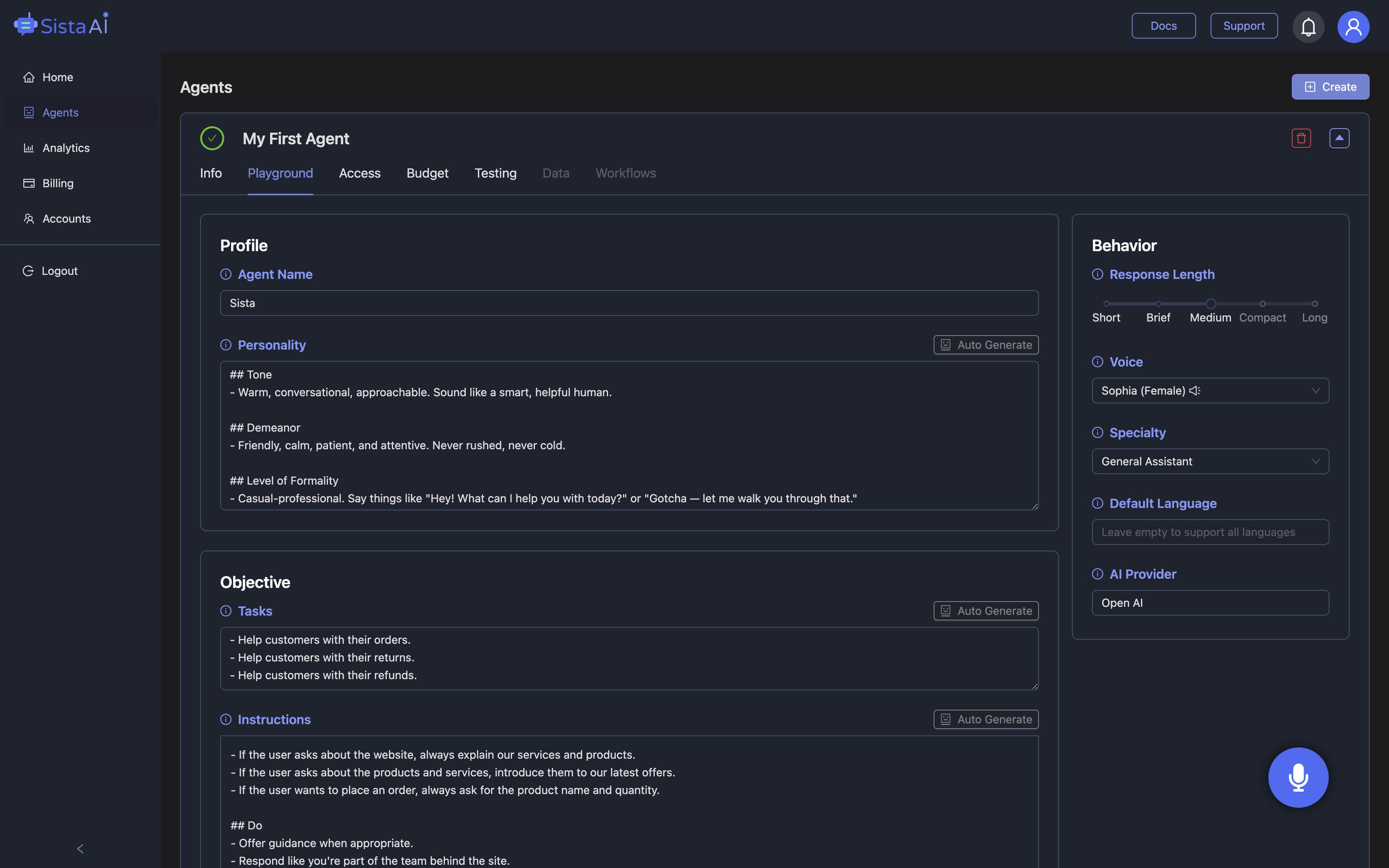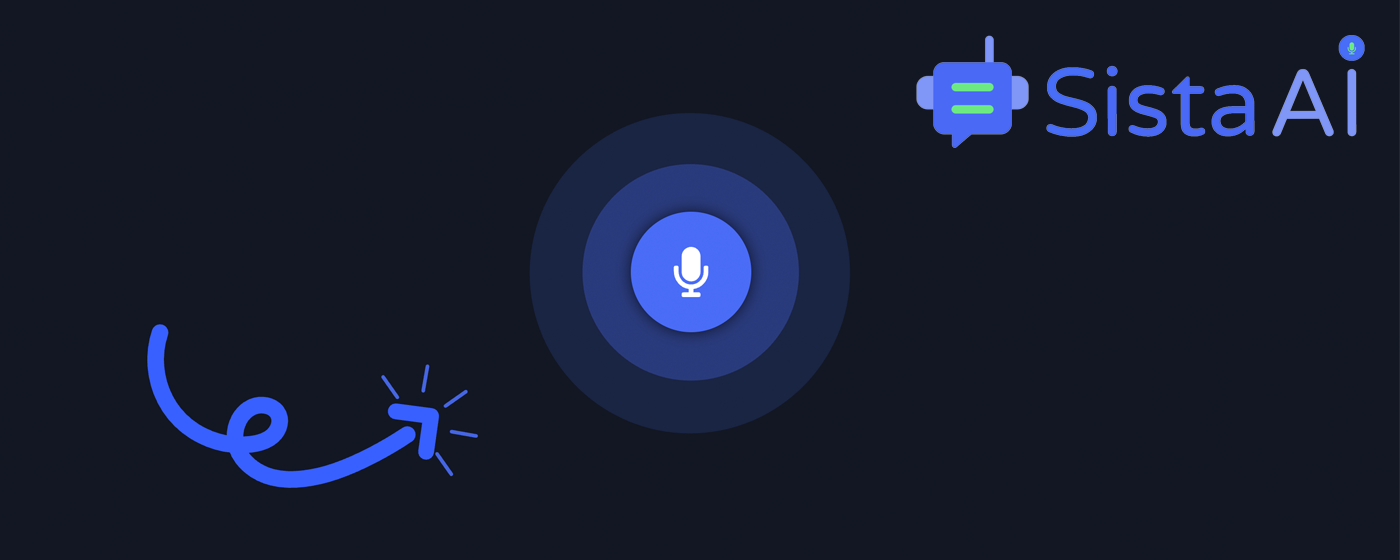
Introduction
AI agent automation has moved from experimentation to execution, and the pace is unmistakable. As of October 2025, 78% of organizations report using AI, up from 55% a year ago, thanks largely to a 280x drop in model operating costs since late 2022. With 71% of leading companies using generative models and the multimodal market expected to reach $2.27 billion this year, agents that listen, speak, and act are becoming core infrastructure rather than novelty. Voice is particularly compelling: it removes friction, mirrors how people actually communicate, and benefits from the recent surge in chatgpt voice use cases. In plain terms, AI agent automation now means software that can plan, decide, and complete tasks autonomously across channels—web, mobile, and voice. Synthetic data is also rising, with forecasts of over $0.5 billion in 2025, allowing teams to train and test agents without compromising privacy. For product leaders, the question has shifted from “if” to “how fast and where first.” That’s where a voice-first approach can accelerate time to value. Sista AI fits naturally here, offering plug-and-play voice agents and automation that help teams turn intent into action on any website or app.
Agentic AI becomes practical
The defining shift is from scripts to agentic AI—autonomous systems capable of understanding goals, planning sequences, and executing across tools in real time. New releases underscore this transition: OpenAI’s GPT-5 expands multimodal reasoning, Microsoft’s Copilot Studio 2025 Wave 2 enables multi-agent orchestration, Anthropic’s Claude Sonnet 4.5 targets autonomous coding and compliance, and Meta’s Devmate advances code-centric assistance. Together they signal that AI agents are ready to own entire workflows, not just answer questions. In customer engagement, an agent can authenticate a user, retrieve policies, and resolve a case end-to-end. In compliance, it can audit documents, flag exceptions, and draft remediation plans without human micromanagement. The market’s momentum isn’t just technical; it’s economic—falling compute costs and maturing platforms are flattening barriers to adoption. Sista AI complements these advances by putting a natural voice interface on top of agent stacks, enabling hands-free, human-like interactions that trigger reliable automations. Teams can trial this approach in minutes using the interactive Sista AI Demo to experience real-time voice control and workflow execution.
A practical playbook for ai agent automation
Start where latency and availability matter most: high-volume support, onboarding, or repetitive back-office tasks. Map the workflow into steps an agent can own—understand intent, fetch knowledge, take actions, and confirm outcomes—then align each step with the right tools and permissions. Prepare data sources early, including knowledge bases and app APIs; if production data is sensitive, use synthetic data to simulate realistic scenarios for safe testing. Define safety and compliance gates (authentication, PII redaction, handoff rules) before scaling beyond a pilot. Instrument rigorously: track first-contact resolution, average handle time, containment rate, CSAT, and cost per interaction to quantify improvements. Launch an initial pilot with a narrow scope, then expand coverage as metrics stabilize. For web and mobile, reduce integration friction with embeddable components. Sista AI ships universal JS snippets, SDKs, and plugins for platforms like WordPress and Shopify, plus a no-code dashboard for rapid iteration, making it straightforward to operationalize ai agent automation. Picture a retailer: a voice agent handles order status, initiates returns, and suggests exchanges—all in natural language, similar to the fluidity users expect from chatgpt voice experiences.
Voice agents in your stack
Technically, a production-grade voice agent blends streaming speech recognition, a reasoning model, and function calling to trigger business actions. It benefits from short-term memory for continuity and retrieval-augmented generation (RAG) for policy-accurate responses. A reliable voice layer also needs low-latency text-to-speech, interruption handling, and clear confirmation patterns for critical operations. Sista AI’s Voice UI Controller can scroll, click, type, and navigate on behalf of users, while workflow automation executes multi-step tasks behind the scenes. Multilingual support in over 60 languages broadens reach, and ultra-low latency keeps conversations natural. Session memory maintains context across turns, and permission controls ensure only approved actions run. Accessibility boosts come built-in: the agent can summarize on-screen content and read important details aloud, improving usability for everyone. Consider a healthcare portal where the agent reads pre-op instructions, schedules follow-ups, and documents notes—all with user consent and audit trails. For teams ready to operationalize this layer, it takes minutes to embed the agent and begin testing; you can sign up and configure a voice-enabled workflow directly from the dashboard.
Governance, measurement, and scale
As agents take on more autonomy, governance must keep pace. Establish logging, consent capture, and role-based permissions from day one, plus automatic redaction where sensitive information might appear. Use quality gates like test suites with synthetic and historical scenarios to detect regressions before release. Build clear escalation paths to human agents when confidence drops or policies require oversight. Maintain tight feedback loops: analyze transcripts, fine-tune knowledge sources, and iterate prompts or tools weekly. Benchmark improvements against a fixed baseline so gains remain visible as scope grows. Multi-agent orchestration can help combine specialist skills—one agent for knowledge retrieval, another for actions, a third for compliance reviews—coordinated through clear handoffs. With the landscape evolving rapidly and over a thousand AI tools available on discovery platforms, prioritize solutions that reduce integration time and operational risk. Sista AI supports this approach with plug-and-play components and advisory services, helping teams reach stable production faster while maintaining robust controls.
Conclusion: build with confidence
Rapid adoption, cost deflation, and agentic breakthroughs have made ai agent automation a practical path to measurable impact. Voice is the user interface that lowers friction and accelerates adoption, turning complex workflows into natural conversations. Whether you’re improving customer care, streamlining onboarding, or automating compliance checks, a voice-first agent can plan, decide, and act—with transparent guardrails and clear KPIs. Sista AI provides a pragmatic route to this future: real-time voice agents, a no-code dashboard, and simple integration across websites, apps, and commerce platforms. If you want to see how voice automation feels in action, try the Sista AI Demo and explore live examples. When you’re ready to pilot with your data and workflows, create an account and deploy your first voice agent in minutes. Start small, measure outcomes, and scale confidently—your users will feel the difference, and your operations will show it.
Stop Waiting. AI Is Already Here!
It’s never been easier to integrate AI into your product. Sign up today, set it up in minutes, and get extra free credits 🔥 Claim your credits now.
Don’t have a project yet? You can still try it directly in your browser and keep your free credits. Try the Chrome Extension.

For more information, visit sista.ai.

